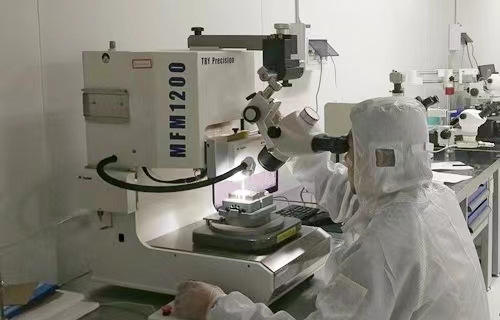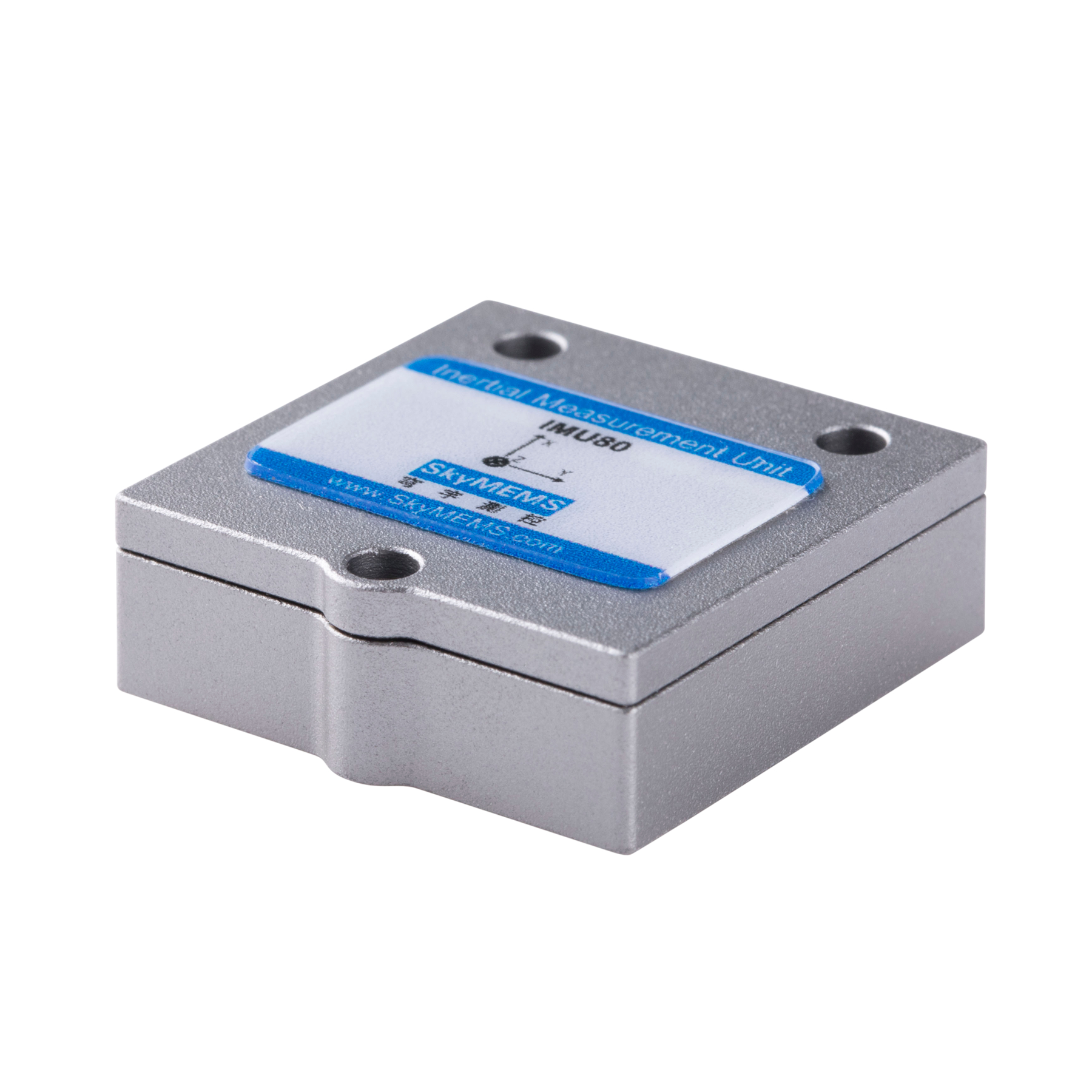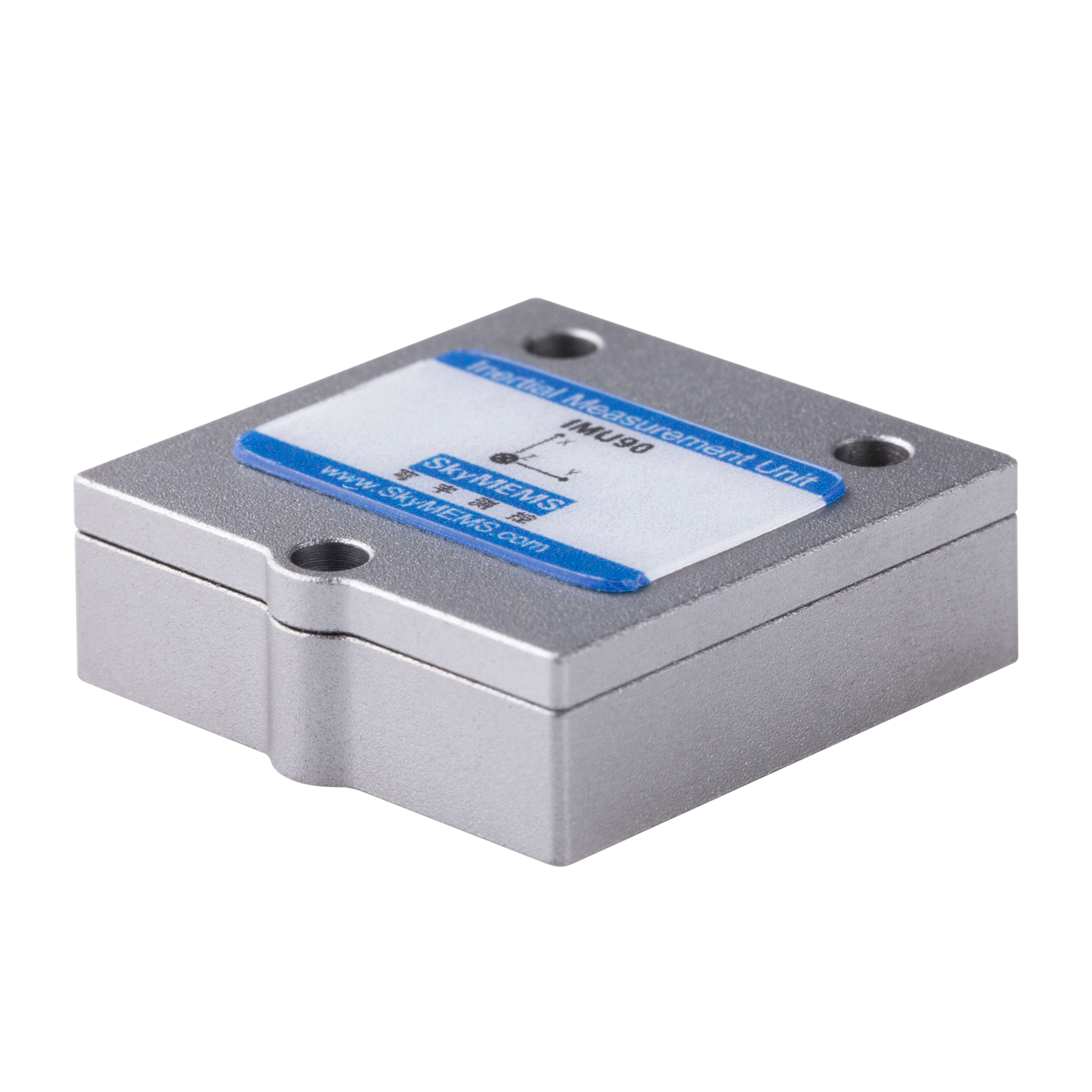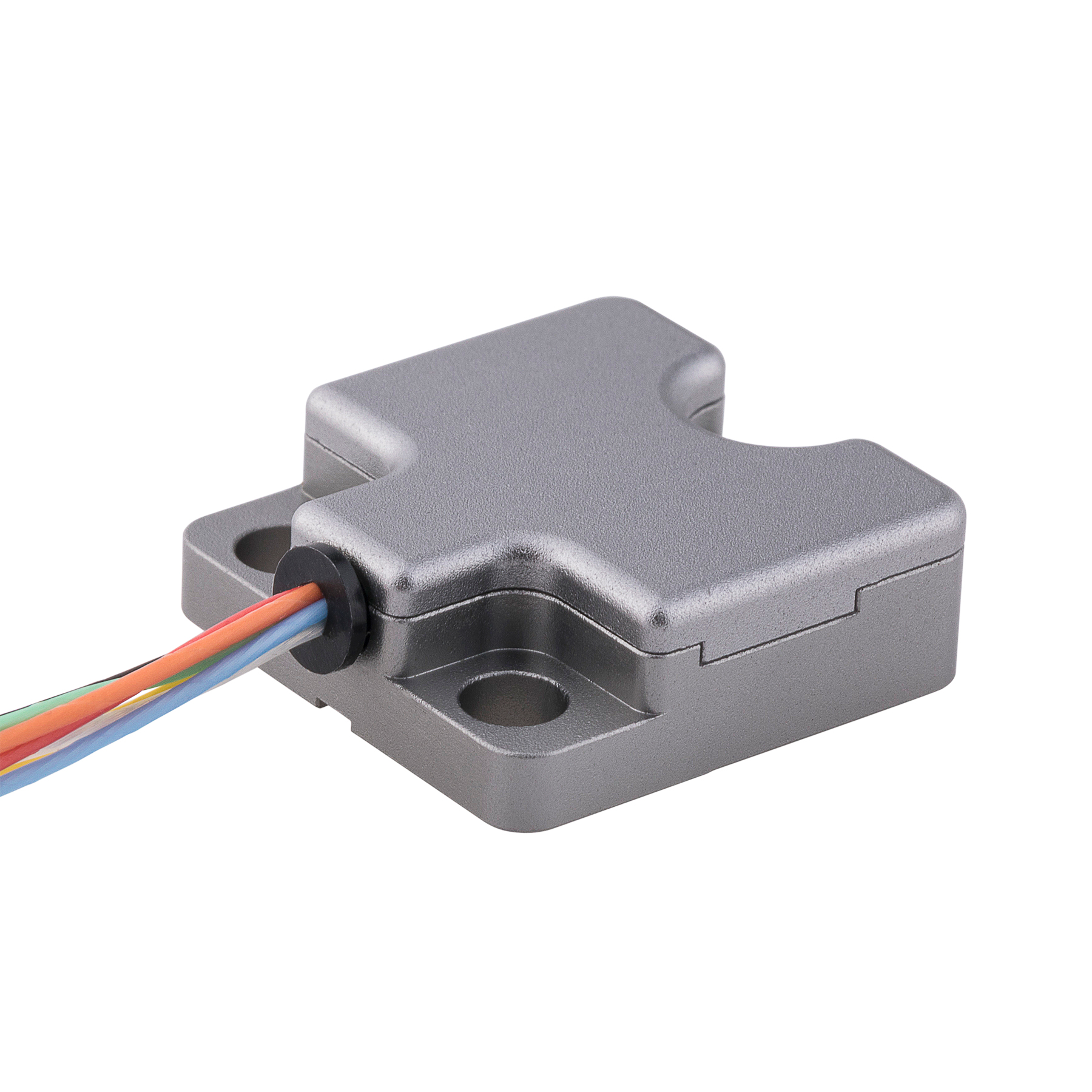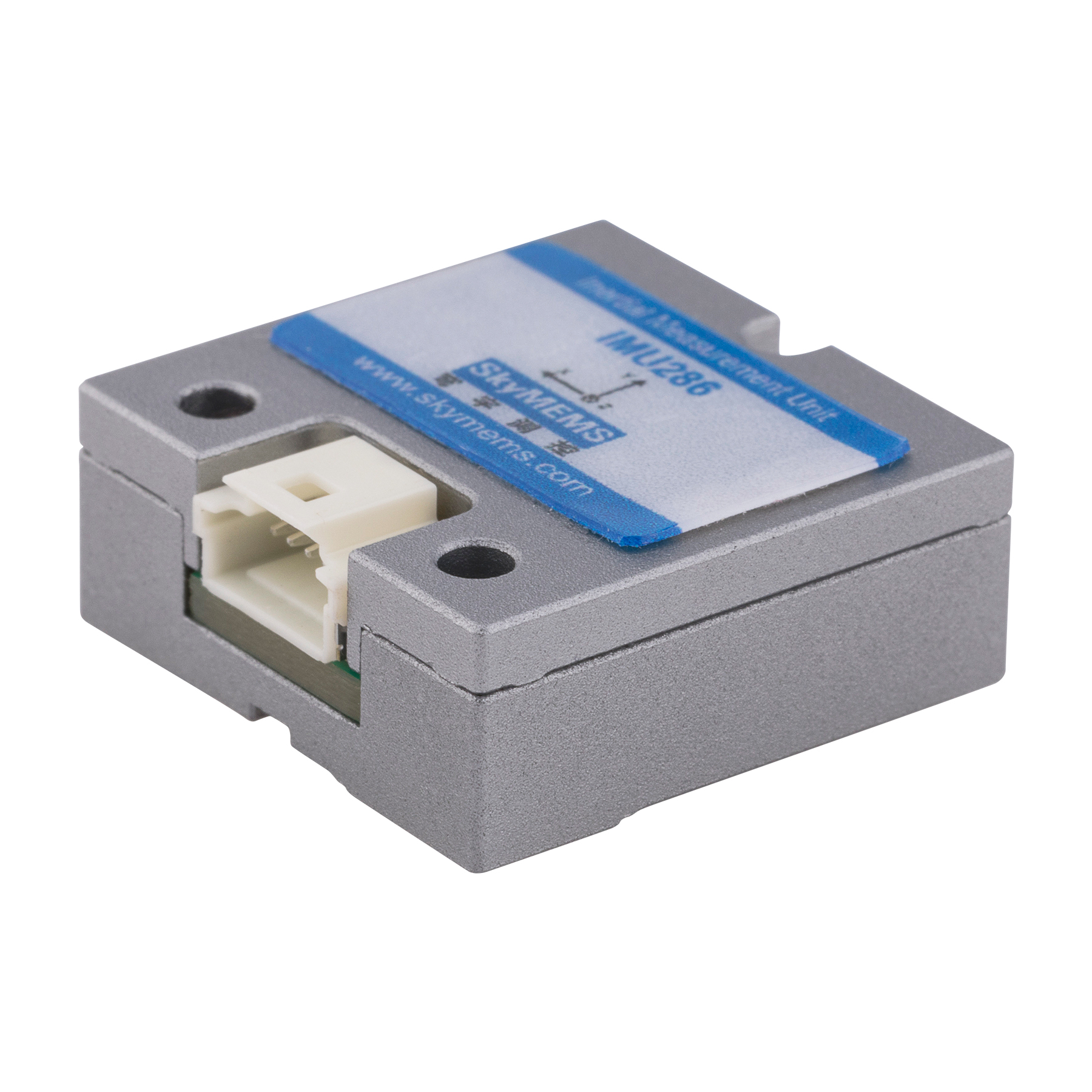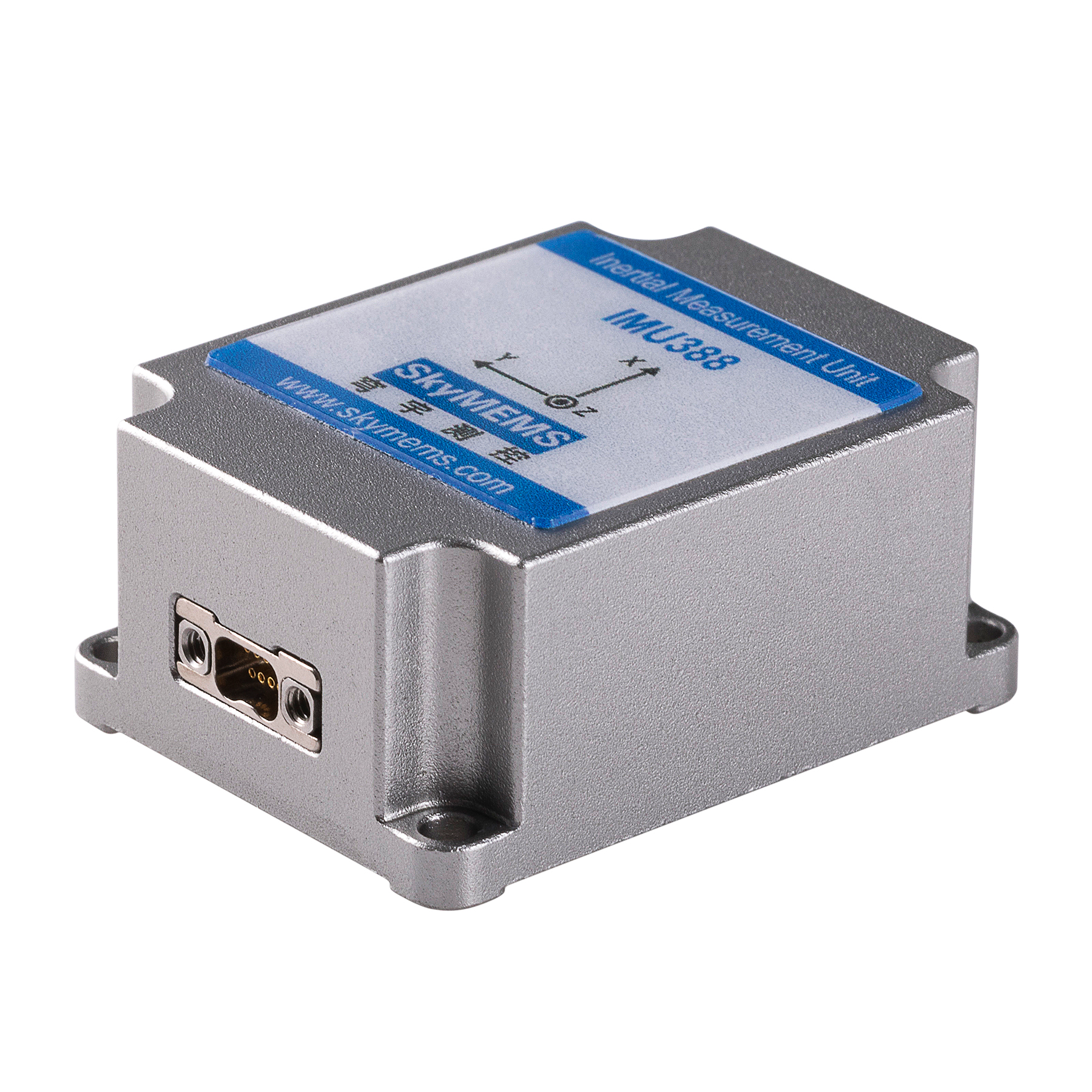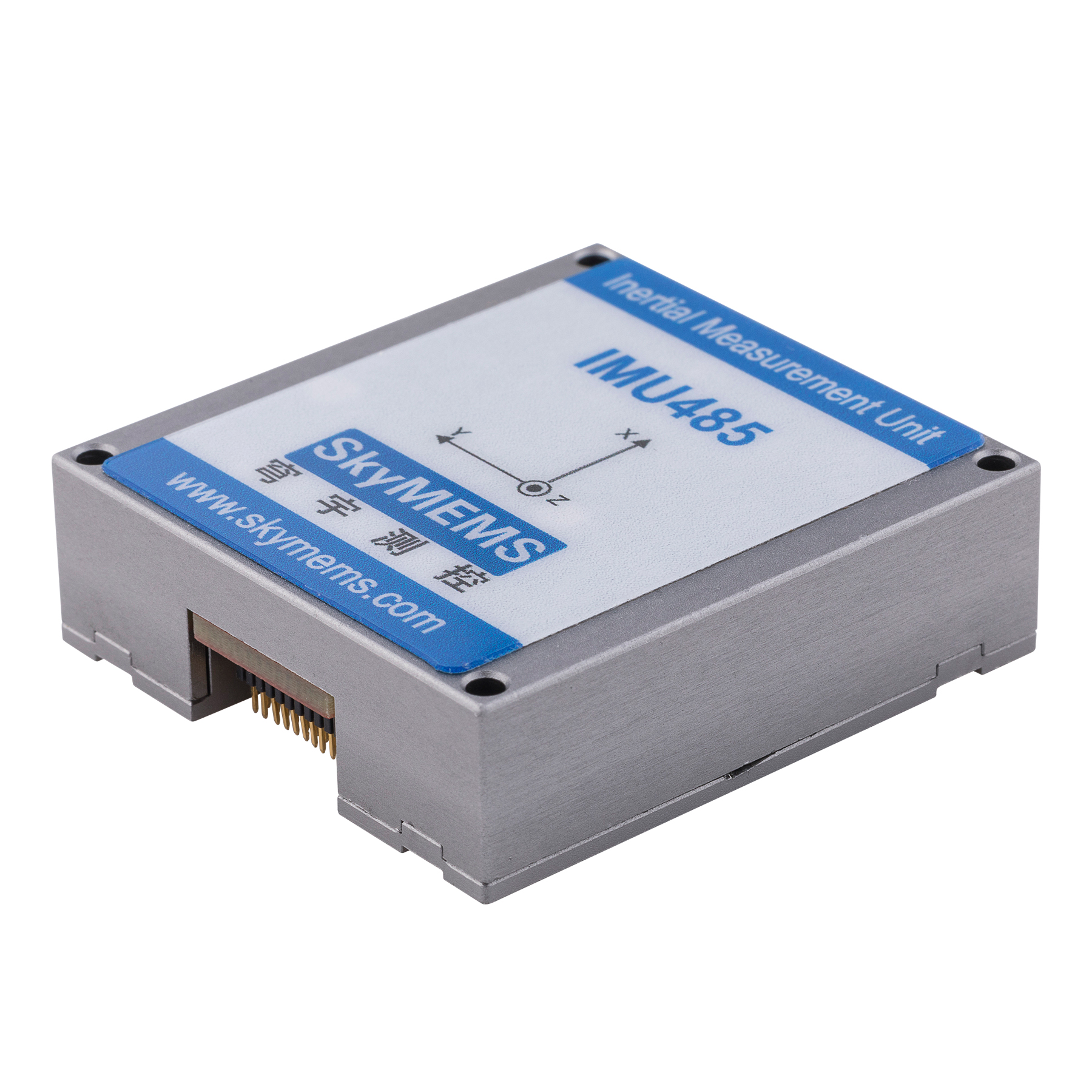1. Introduction
These systems combine the precision of an inertial navigation system with the capability to work without one so that they can be used both on land and in the water. They can be combined with sensors that give us all kinds of information about our surroundings and also with other sensors which we use like cameras, sonar, or radar (and perhaps even laser range finders).

They combine all these sensors into one unified display so that they can be used by people who don’t want to use any of them but who still need to get some information about their surroundings or perform other tasks (e.g., keep track of their position). They are also often used together with other navigation systems: multi-effects navigation systems (made popular by Garmin) and GPS-based dual-pilot systems are examples of this kind.
Integrated navigation systems allow us to solve many problems related to positioning ourselves and getting where we need to go more efficiently and safely than if we were just using one basic inertial navigation system alone. For example:
They are more precise than any GPS alone; they provide accurate course information when you move due north or due south; they let you navigate through fog or rain at night; they allow you to “fly blind” on your way from one place to another because they allow you to fly over city streets without turning on your lights; they let you fly over buildings without having to stop – simply because there isn’t anything covering your cockpit area;
2. What are integrated navigation systems used for?
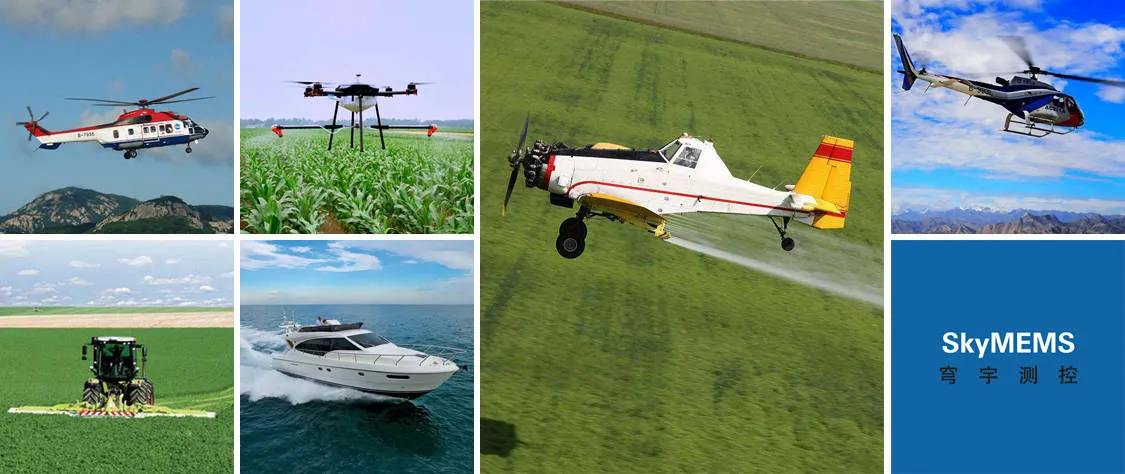
Integrated navigation systems are used in many different systems and are used in a variety of applications. They are intended to be extended with other systems and to be integrated with one another.
Integrated navigation systems (or IANSs) are devices that provide the user with information about the position of the vehicle, including its heading, speed, fuel capacity, and other relevant information.
Integrated navigation systems can include both electronic devices like GPS receivers and computer-based devices like navigation computers. In combination, they can be used to provide real-time maps for navigating through an area or for mapping an entire landscape or even a city or large region.
The most common use for integrated navigation is for UAVs: unmanned aerial vehicles (UAVs) are small aerial craft which is typically controlled from a ground station using some form of radio communications link. Common UAVs include quadcopters, octocopters, fixed-wing aircraft such as helicopters and fixed-wing planes, multi-rotors, and helicopters. A UAV may also have a GPS receiver built into it so that it can navigate without human intervention. UAVs often need accurate positioning when flying within cities where there are buildings or other obstructions between them and the ground station—for example when hovering over car parks; they need to avoid flying into trees, and they want to avoid obstacles on land which may disrupt their flight path.
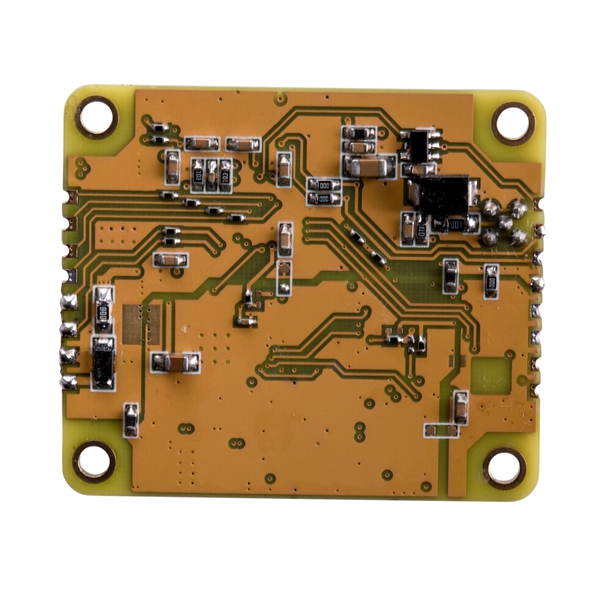
The next most common use of IANSs is vehicle navigation: vehicle navigation has various applications including shipboard guidance systems for vessels navigating in shallow water (such as ships navigating in ports), surface-to-air missile guidance systems for air defense against incoming missiles (such as missiles being fired from aircraft), weapons guidance systems (such as guided anti-tank missiles), military transportation control centers for troop movements by land—and generally any system that requires accurate positioning at a given distance from its reference point
3. Unmanned aerial vehicles (UAV)
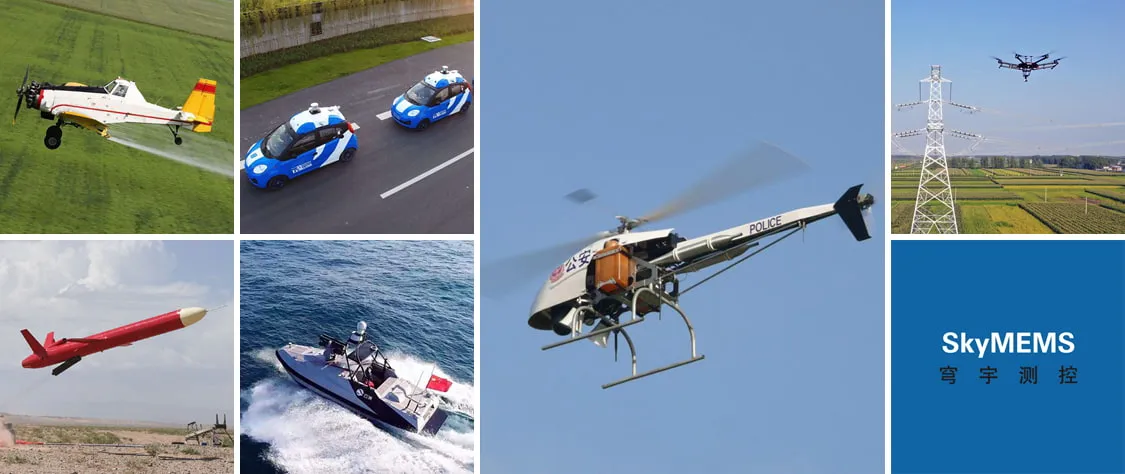
I’ve been thinking about this lately, and I think we can define the term “integrated navigation system” in a few different ways. If you look at the marketing literature, you won’t find a single definition. The term is thrown around in a broad way, including things like autonomous vehicles and medical equipment; it also includes things like industrial processes and manufacturing.
Now, I would say that “integrated navigation system” is not even as deeply or broadly defined as “navigation system” is. You can have an integrated navigation system that doesn’t have any kind of onboard computers (or only rudimentary ones) or even just has high-definition cameras to see what is going on around it. But it still needs the ability to steer itself (which means you need some kind of onboard computer). So, technically speaking, you could say that integrated navigation systems are navigational systems that do not rely on onboard computers or any kind of leveraging of external data sources — but they do need some sort of onboard computer to function properly.
In other words:
• The primary function of an integrated navigation system is to provide coordinates for a vehicle so that it can be tracked by another vehicle (whether other people or something else)
• The primary function of a navigational unit is to provide coordinates for the vehicle so that it can be tracked by another vehicle (whether other people or something else)If you think about it: if both devices rely on external data sources — GPS and inertial units — then those are two entirely different things. If one relies on GPS and the other relies on inertial units and sensors, then they really aren’t much more different than if they relied solely on GPS; but if one relies solely on inertial units and sensors… then they are pretty different than if they relied solely on GPS.
4. Vehicle navigation
The fact that navigation is so common, gets surprised when people don’t think about it. It is used in a wide range of applications, from small planes to large ships; from UAVs (Unmanned Aerial Vehicles) to helicopters and airplanes; from small vehicles to large buses; and just about any other application where you need a certain degree of accuracy.
It’s certainly not only humans who use navigation systems:
- Vehicles have them too (cars with GPS and/or radar, trucks with GPS and/or radar), but they are often not integrated into the vehicle itself.
- Aircraft pilots also use navigation systems (usually in the form of a head-up display) while they are flying.
- Ship drivers might also be using them while they are navigating their ships across the ocean (especially if they need to steer a ship at night).
So, what purpose do these navigational systems serve? Well, if you’re driving your car, you probably use it to know where you’re going. You might use it for planning your route or for getting to a specific destination on your way there.
And if you want to get home after a long day at work, you probably need to make sure that the route you take will take you back into your neighborhood or other locations where important business may take place later that day or next week. And so on…In all these cases, navigation is just one more piece of information that can be used in conjunction with other information — such as traffic conditions or road signs — to help make decisions about how best to optimize your route and continue moving forward toward your destination until then.
As an added benefit: all this information can also be used for safety purposes – like avoiding accidents or making sure that emergency vehicles will not collide with each other or anything else on the road today — making it extremely useful for emergency situations when driving on poorly lit roads or during lightning storms…
The point is that using these systems won’t replace good driving skills but will help keep them up-to-date and forces drivers who are less skilled but still want some control over their lives to be able to drive safely without having to rely on expensive autopilot solutions that may be far more dangerous than the news reports make out.)The same goes for ships – both pilots and ship drivers rely heavily on safe navigation systems like GPS when navigating through port cities and busy coastal areas… And even though most ship captains don
5. Surface craft
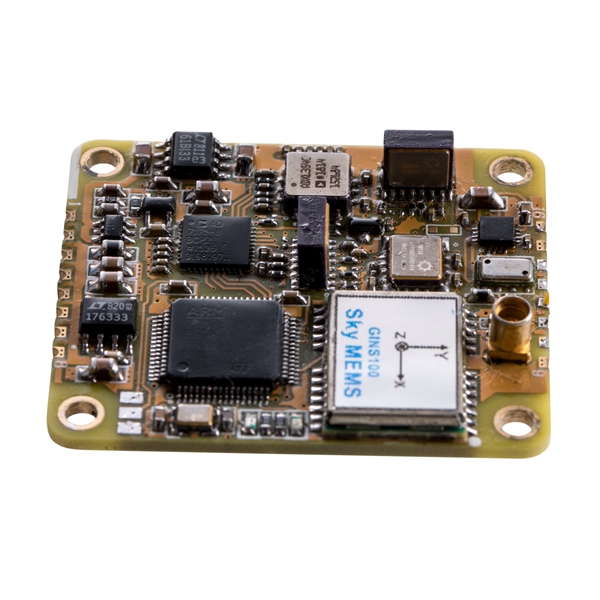
Surface craft navigation systems consist of a combination of an inertial guidance system, a GPS receiver, and an instrumentation system. They are used in many areas where satellite navigation systems are not possible, such as underwater and undersea navigation. The best-integrated navigation system is the one that is based on GPS navigation. Most modern surface craft has a GPS receiver. It is used in many areas where satellite navigation systems are not available, such as underwater and undersea navigation. The most popular integration for surface craft navigation systems is inertial guidance systems (IGS) and GPS receivers (either built into the ship or external). Both IGSs and GPS receivers can be used for oceanic vehicle positioning.
7. Conclusion
I know this is a big topic but I think it is worth repeating. Integrated navigation systems are used in many different applications, from unmanned aerial vehicles (UAVs) to ships, trains, cars, and so on. Each of these applications has its own unique need for integration between the aircraft and the ground (that’s why we wrote the article in the first place).
What are integrated navigation systems used for?
They are used for taking a pilot-controlled task off to the side and letting another person take it over. This object will be a UAV or an autonomous vehicle that needs to be controlled by someone on board while they are doing something else (e.g., driving, flying, or navigating).
What are integrated navigation systems not used for?
They are not suitable for anything other than guiding UAVs and autonomous vehicles where they need to go. They do not make good decision-making tools because they can’t learn more about their environment than what they can see with their own eyes. They cannot guide UAVs into new environments that aren’t there yet or away from old ones that might confuse them — which makes them even less useful than traditional inertial guidance systems (IGS), which can guide UAVs into new areas when there is nothing around them that looks like an obstacle because there isn’t one!

